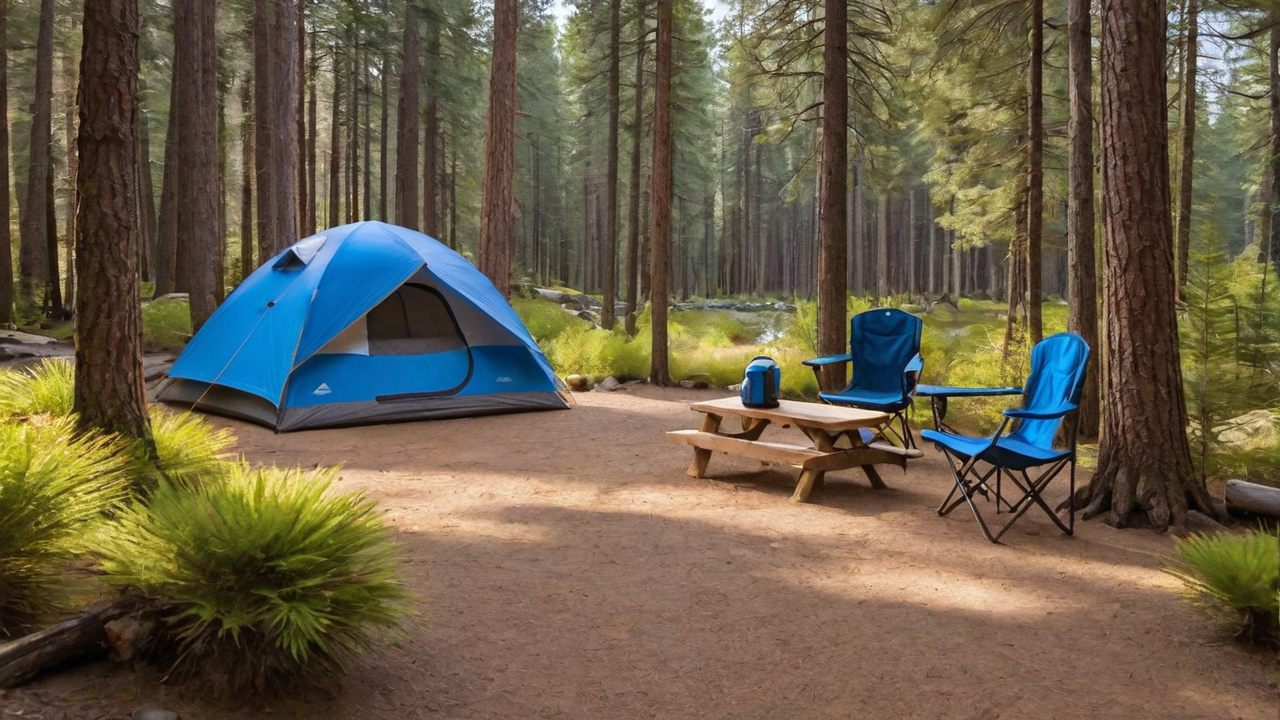
Leveraging GIS for Enhanced Campsite Layouts
Integrating GIS into campground management systems revolutionizes the way campgrounds are designed and operated. By utilizing accurate geographical data, managers can enhance the layout for better accessibility and guest experience. This combination enables for the design of detailed site maps that incorporate existing landscapes, maximizing the use of space while preserving the natural surroundings.
The ability to see and manipulate the campground configuration in real-time offers a significant advantage in planning and development. Precise GIS data helps in identifying ideal spots for amenities, ensuring they are both accessible and environmentally sustainable. This approach not just improves guest satisfaction but also contributes to a lower environmental footprint.
Streamlining Booking Systems with GIS
By introducing GIS into campground reservation systems, providers offer a more engaging booking experience for campers. Guests can choose their preferred spots based on real-time geographical information, including proximity to amenities and scenic views. This level of precision in site selection significantly improves preparation and contentment for campers.
Furthermore, this technology cuts down the likelihood of overbooking and conflicts between reservations. Accurate GIS data guarantees that each site is correctly mapped, with clear boundaries, thus making a smoother reservation process. This effectiveness not only saves time for site administrators but also boosts the overall customer experience.
Enhancing Security and Crisis Response with GIS
Incorporating GIS into campground management solutions greatly improves safety and emergency response. Detailed site maps allow for precise placement of emergency services like fire stations, first aid points, and evacuation routes. This accessibility to critical information can significantly accelerate reaction times in critical situations, potentially saving lives.
Moreover, GIS data can be used to spot areas susceptible to natural hazards such as flooding or wildfires, allowing for the development of proactive safety plans. By this technology, campground operators can put in place precautionary strategies and alert campers of potential risks, thus guaranteeing a safer camping environment for everyone.
Maximizing Resource Allocation With GIS
GIS technology allows campground operators to efficiently allocate resources across the site. By analyzing geographical data, managers are able to identify the most strategic locations for facilities such as restrooms, picnic areas, and recreational areas. This guarantees that all guests have convenient access to facilities, enhancing their total satisfaction.
Additionally, GIS can assist in managing the usage of natural resources, encouraging sustainable management within the campground. Through accurate mapping, campgrounds can avoid overuse of sensitive areas, supporting in conservation efforts and protecting the natural appeal and health of the landscape.
Boosting Guest Engagement with Interactive GIS Tools
Interactive GIS maps boost visitor engagement by offering an immersive exploration of the campground before arrival. Campers can explore different sites, see photos, and learn about nearby attractions directly via the campground’s website. This pre-visit engagement starts the guest experience on a high note, raising anticipation and contentment.
Moreover, these interactive features may serve as a guide during the stay, providing real-time information on weather conditions, scheduled events, and available facilities. Such accessibility guarantees that guests remain updated and can fully enjoy their outdoor adventure.
Facilitating Environmental Sustainability with GIS
GIS integration in campground management systems plays a crucial role in advancing eco-friendly sustainability. Precise mapping enables for thoughtful planning and conservation of environmental resources, reducing anthropogenic impact on the environment. This tools facilitate to monitor and manage ecosystems, water bodies, and vegetation, ensuring their preservation for future generations.
Furthermore, by leveraging environmental GIS data, campgrounds can identify areas suitable for renewable energy installations or other eco-friendly projects. Such strategy not only boosts the campground’s environmental stewardship but also lowers operational costs, showing a commitment to conserving the natural world.
Incorporating Community Knowledge into Campsite Planning with GIS
GIS systems enable campground operators to integrate community insights into campground development. By engaging with local members, managers can gain a deeper understanding of the landscape and its cultural significance. This collaboration ensures that campgrounds are developed with respect for local values and heritage, enriching the visitor encounter.
Moreover, such cooperation assists in discovering distinct chances for campsite activities and attractions that showcase the local culture and landscape. Implementing local perspectives into the planning process not only improve the genuineness of the campground but also bolsters bonds with the local populace, establishing a positive impact for all involved.
Adapting to Changing Visitor Needs with Adaptive GIS Information
The world of outdoor recreation is constantly changing, with guest expectations getting more complex. Using dynamic GIS data enables campground managers to quickly adapt to these changes by updating amenities and services to meet current needs. This agility ensures that campgrounds remain attractive and relevant in a rapidly changing market.
Additionally, the capability to collect and analyze guest feedback through GIS-based applications means campsite operators can constantly refine their offerings. Tailoring the camping experience to meet individual desires not only boosts visitor satisfaction but also encourages loyalty, driving the success of the campground in the long term.
explore
Comments on “Enhancing Site Choice with GIS Integration in Campsite Management Software”